Pigeon Peas
The Pigeon pea plant is a legume belonging to the family of “Fabaceae” or “Leguminosae”. It is a perennial plant used extensively as a livestock feed and for manufacturing pulses.

Pigeon Peas
Table Of Content
Pigeon Pea Botanical Name
The Botanical Name for this plant is “Cajanus cajan”.
“Pigeon Pea” – Origin of the Name
The name of this plant originated from Barbados, where this crop is an important pigeon feed.
Alternate Names for Pigeon Pea
There are several alternative names for this plant. This plant is grown in many regions across the world and is known by different names, such as the Tropical green pea, Red gram and Kadios in Philippines.
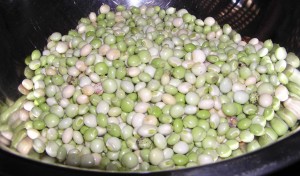
Picture 1 – Pigeon Peas
Source – en.wikipedia.org
Pigeon Pea Distribution Zone
The pigeon pea plant is extensively cultivated in different parts of India and Eastern Africa. Apart from these two main locations, there are also some other locations where it is grown:
- Myanmar
- Thailand
- Ethiopia
- Kenya
- Tanzania
- Nigeria
- Mozambique
- Malawi
- Australia
- Florida
- Jamaica
- Central America
Pigeon Pea Plant Description
Pigeon pea is a perennial legume shrub that lives around one to five years. It is grown annually, reaching a height of around 1-4 meters. Pigeon pea plants are woody near the base.
Leaves
The leaves are comprised of three leaflets. They are pubescent and green on the upper side and silvery grayish-green having long hairs on the lower side. The leaflets can be either elliptic or lanceolate in shape. They are normally 2.5 cm to 10 cm long and almost 3.5 cm wide.
Flowers
The flower blossoms are yellow in color having red or reddish-brown lines. Sometimes the flowers may have a red lining on the outer edge. They are grown in terminal racemes. The flowers have a diameter ranging between 1.2 cm and 1.7 cm.
Seeds
The seeds vary greatly in their color. They may be white, cream-yellow, brown or almost black. The seeds can be squarish, globose or ellipsoid.
Roots
Pigeon pea has taproots which are tetrarch, thin and grows deep under the ground, reaching to a depth of six feet. The deep roots help in improving infiltration of water into the soil.
Pigeon Pea Varieties
There are various types of Pigeon pea plants:
- Tree types
- Tall varieties
- Dwarf varieties
- Smaller bushes
Picture 2 – Pigeon Peas Picture
Source – transitionfrasercoast.org.au
Pigeon Peas Nutrition
Pigeon Peas are high in nutritional elements. Following is a list of nutritional content in per 168 g or 1 cup of pigeon peas.
Calorie Information
(Amounts per selected serving) %DV
| Calories | 203 (850 kJ) | 10% |
| From Carbohydrate | 159 (666 kJ) | |
| From Fat | 5.3 (22.2 kJ) | |
| From Protein | 39.4 (165 kJ) | |
| From Alcohol | ~ (0.0 kJ) |
Carbohydrates
(Amounts per selected serving) %DV
| Total Carbohydrate | 39.1 g | 13% |
| Dietary Fiber | 11.3 g | 45% |
| Starch | ~ | |
| Sugars | ~ |
Fats and Fatty Acids
(Amounts per selected serving) %DV
| Total Fat | 0.6 g | 1% |
| Saturated Fat | 0.1 g | 1% |
| Monounsaturated Fat | 0.0 g | |
| Polyunsaturated Fat | 0.3 g | |
| Total trans fatty acids | ~ | |
| Total trans-monoenoic fatty acids | ~ | |
| Total trans-polyenoic fatty acids | ~ | |
| Total Omega-3 fatty acids | 15.1 mg | |
| Total Omega-6 fatty acids | 329 mg |
Protein and Amino Acids
(Amounts per selected serving) %DV
| Protein | 11.4g | 23% |
Vitamins
(Amounts per selected serving) %DV
| Vitamin A | 5.0 IU | 0% |
| Vitamin C | 0.0 mg | 0% |
| Vitamin D | ~ | ~ |
| Vitamin E (Alpha Tocopherol) | ~ | ~ |
| Vitamin K | ~ | ~ |
| Thiamin | 0.2 mg | 16% |
| Riboflavin | 0.1 mg | 6% |
| Niacin | 1.3 mg | 7% |
| Vitamin B6 | 0.1 mg | 4% |
| Folate | 187 mcg | 47% |
| Vitamin B12 | 0.0 mcg | 0% |
| Pantothenic Acid | 0.5 mg | 5% |
| Choline | ~ | |
| Betaine | ~ |
Minerals
(Amounts per selected serving) %DV
| Calcium | 72.3 mg | 7% |
| Iron | 1.9 mg | 10% |
| Magnesium | 77.3 mg | 19% |
| Phosphorus | 200 mg | 20% |
| Potassium | 645 mg | 18% |
| Sodium | 8.4 mg | 0% |
| Zinc | 1.5 mg | 10% |
| Copper | 0.5 mg | 23% |
| Manganese | 0.8 mg | 42% |
| Selenium | 4.9 mcg | 7% |
| Fluoride | ~ |
Pigeon Peas Edible Uses
The pods and seeds of this plant are edible and are used essentially as vegetables. Seeds and immature pods are consumed as rich sources of mineral nutrients. The seeds can be consumed as whole or dehulled. The seeds can also be grinded to produce flour. The seeds of the plant are eaten both as dry beans and as fresh shell beans.
Side Effects of Pigeon Peas
- There are as such no known side effects of consuming pigeon peas. However, if anyone is allergic to beans and seeds or any nutrients contained in them, they should consult the physician before consuming the peas.
- Overconsumption of pigeon peas might result in certain side effects.
Pigeon Peas Cultivation
Sowing:
- Pigeon pea plants grow from seeds. The seeds should be planted 1 to 2 inches deep in the ground maintain a distance of 3 to 4 inches between them. The months of June and July are ideal for planting this crop.
- Pigeon peas grow well on all types of soils ranging from fine textured to coarse and infertile soils. Their deep roots enable them with greater adaptability to even grow well on semiarid lands.
- The salinity or soil pH for this plant is best kept between 5.0 and 7.0. The plant is tolerant of herbicides.
Watering:
After six hours from planting the seeds, the area around the seeds to a depth of 5 centimeters should be soaked with water.
Caring:
- Adding fertilizers to the soil does not significantly affect the growth of the plants. Pigeon peas grow well in Phosphorus-rich soil.
- If there are any weeds, they should be removed by hand.
- The seedlings should be thinned when they become 2 inches tall. This is to be done to keep a distance of 12 to 18 inches between the plants.
Temperature:
- The temperature of the soil should be at least 60 degrees Fahrenheit while the seeds are being planted.
- The plants are generally not frost tolerant. The optimum temperature for growing pigeon peas should range between 18 °C and 38 °C.
- Annual rainfall sufficient for smooth growth of this plant should range between 600mm to 1000mm. It can also tolerate dryer and drought conditions and grow in places with low annual rainfall.
Harvesting:
The crop is harvested during the months of December and January in India and in the months of June and July in Africa. Flowering of the plants can start anywhere between 56 to 210 days after the seeds are sown. The plant takes around 95 to 256 days to mature.
Pigeon Pea Diseases
It is observed that when pigeon pea is used for producing green manure, the plant is safe from pests. However, if pods are formed, then insects such as Agromyza Fruit Flies and Heliothis Borers (pod borers) may cause health problems for the pigeon pea plant. Pigeon pea plants in Hawaii are frequently threatened by attacks from
- Coccus elongatus
- Lycaena boetica
- A stem borer
- Leaf-eating caterpillars
Some cultivars of pigeon pea plant can be hosts to Rotylenchulus reniformis (reniform nematodes) and root knot nematodes like Meloidogyne spp. and Meloidogyne incognita among others. The ‘FL81d’ and ‘Norman’ cultivars of this plant are able to resist the root knot nematodes.
In India, Fusarium udum causes Fusarium wilt, a vascular wilt fungal disorder these plants commonly suffer from. It is a highly damaging disease. In order to control the disease, the crops should be rotated on regular intervals.
Root rot is caused by the fungus Phaeolus manihotis.
Pathogens like Physalospora cajanae, a fungus, causes stem cankers and leaves dead and diseased areas on branches and stems of the plant.
Witch’s broom is sometimes found in these pea plants. This is caused by polymorphic Mycoplasma-like organisms. Under close observation, Rhabdovirus-like particles are also found in the affected areas. Symptoms of this disease include excessive spreading of shoots coming out of axillary buds accompanied by stunted growth of leaves and shortening of internodes.
Pigeon Pea Uses
Pea plants are known for their medical benefits as well as several other uses. The uses of Pea Plant are discussed below:
Medicinal Uses:
- It is used in the remedy of health problems such as bronchitis, pneumonia, coughs, respiratory infections, colds, chest problems and sore throat.
- The plant has vulnerary, diuretic, astringent, antidote, sedative, laxative, expectorant and vermifuge properties.
- It is used to heal earache, tumors, abdominal pain and tumors, ulcers, wounds, sores, enteritis, inflammations and different kinds of pain.
- Pigeon pea can be used to heal skin problems such as Urticaria, genital irritations and Dermatosis.
- It cures health issues like blood disorders, anemia, diarrhea, dysentery, jaundice, fevers, colic, leprosy, convulsions, flu diabetes, hepatitis, yellow fever, strokes, urinary infections and menstrual disorders.
Other Uses:
- In Hawaii, this plant is used to produce green manure. When pigeon pea is used as an ingredient of green manure, it produces around 2.5 tons/acre of dry matter and generates around 50 lb of nitrogen per ton of dry matter.
- The leaves and forage of this plant acts as a fodder for cattle and other animals. However, it should be noted that this plant is somewhat intolerant to continuous grazing and so it should first be allowed to grow properly and reach maturity before grazing is allowed.
- Vegetation of this plant is used as hay or forage.
- Its stems and branches are used for preparing baskets, fencing, thatch and firewood.
- In Thailand, these plants are grown and used as a host to welcome scale insects that can produce lac.
- It is also used to manufacture fuel.
- The leaves are used as organic matter rich in nitrogen. They play an important role in improving the quality of the soil through nitrogen fixation.
- It is used as a support for growth of other plants.
- It is used as a wind breaker/shade crop for young coffee plants and forest seedlings. It also acts as a cover crop or support crop for vanilla.
Pigeon Peas Recipes
Pigeon peas are used in many food preparations all over the world. Some of its well known recipes include Moro de Guandules from Dominican Republic, Khichdi from India, Arroz con gandules and Asopao de Gandules from Puerto Rico, Pelau from Grenada and Trinidad and Tobago and Mock chicken Spanish rice from Spain.
The Jamaican rice with pigeon peas and coconut milk is a popular food preparation from the Caribbean island of Jamaica.
Pigeon peas can also be used in preparation of stew in combination with plantain balls. Other dishes include Pigeon pea dumpling soup and Pigeon pea dips.
Pigeon Peas Substitutes
Black-eyed peas or baby lima beans can be used as substitutes for pigeon peas.
Pigeon peas Images
Here are some images that show us how the seeds and the plant itself look like.
Picture 3 – Pigeon Peas Image
Source – img.foodnetwork.com
Picture 4 – Pigeon Peas Photo
Source – adambalic.typepad.com
Pigeon peas are a popular choice in many food preparations across the world. It has a high nutritional value and growing it is much easier compared to some other plants. It is drought-resistant and growing this plant is also beneficial for the surrounding area.
References
https://www.ctahr.hawaii.edu/oc/freepubs/pdf/GreenManureCrops/pigeonpea.pdf
http://www.ctahr.hawaii.edu/oc/freepubs/pdf/GreenManureCrops/pigeonpea.pdf
http://www.organicfacts.net/nutrition-facts/pulses/nutritional-value-of-cowpea-and-pigeon-pea.html
- by Prasenjit Banerjee
- October 1st 2011

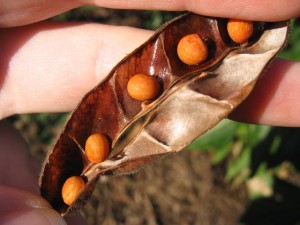
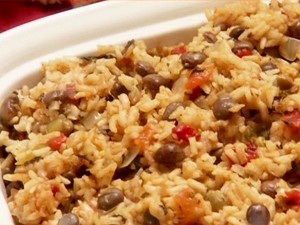
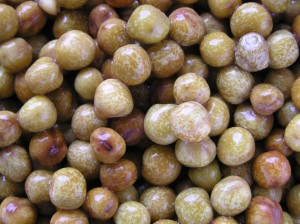
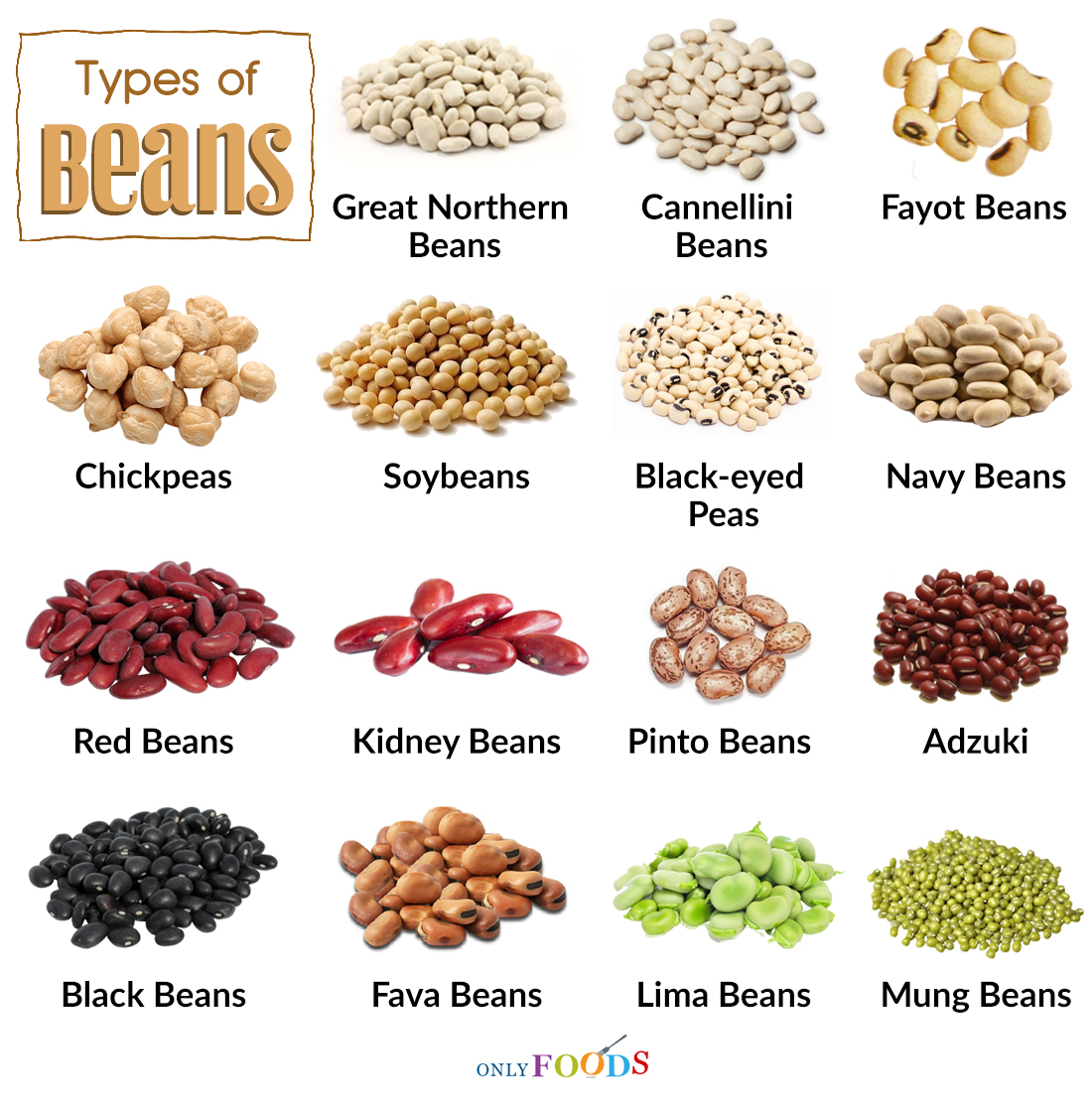
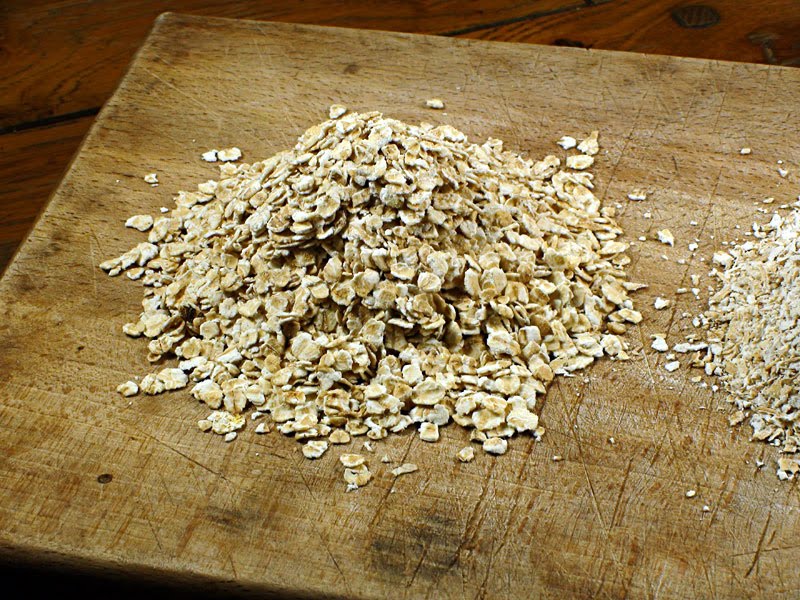
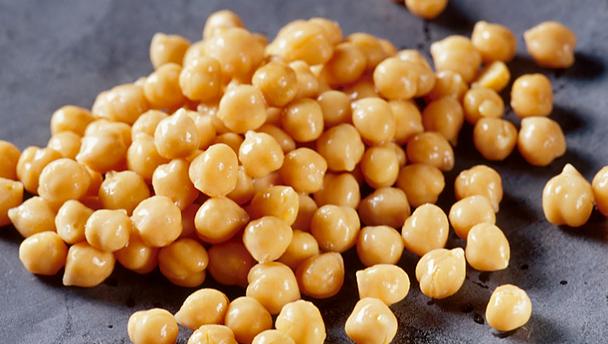
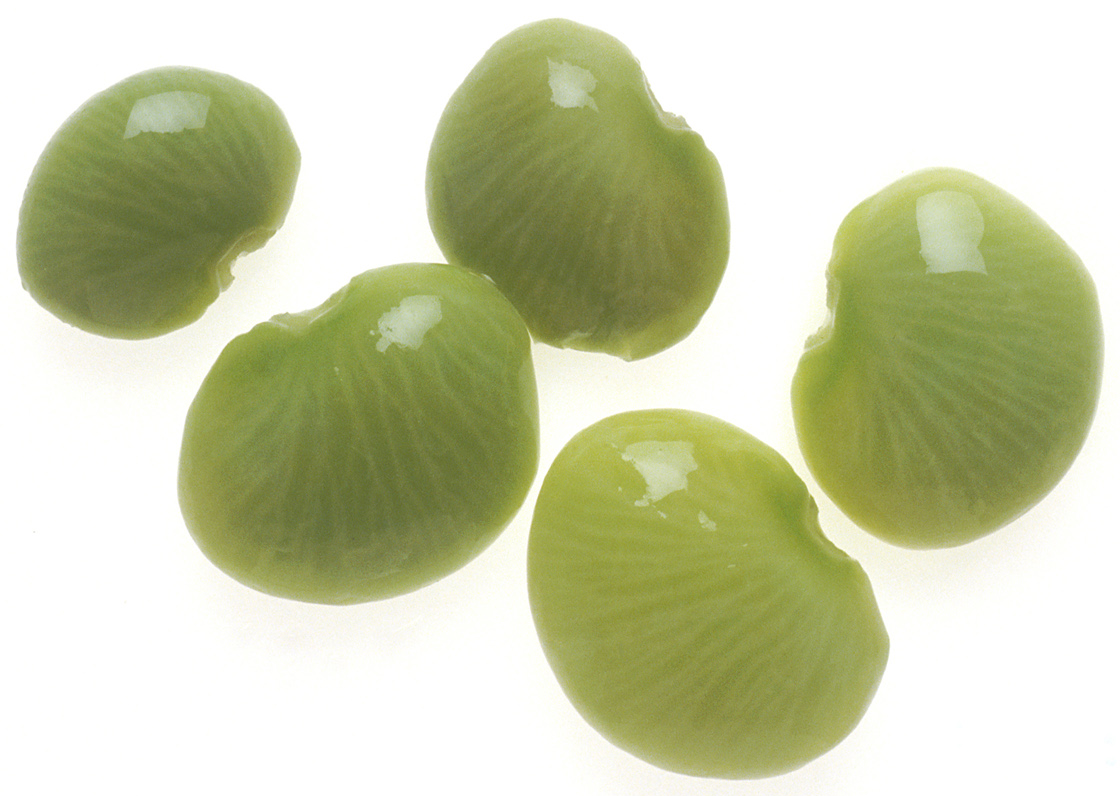
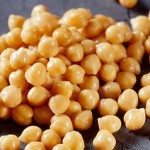
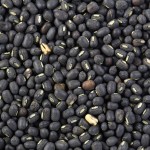
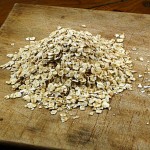
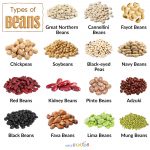
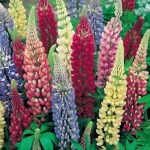
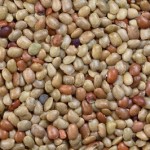
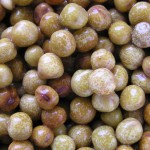
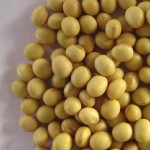
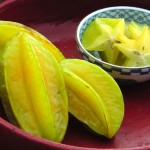
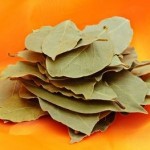
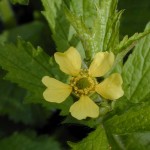
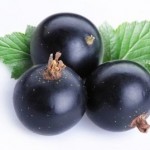
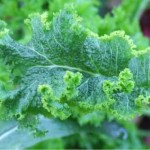
Leave a Reply